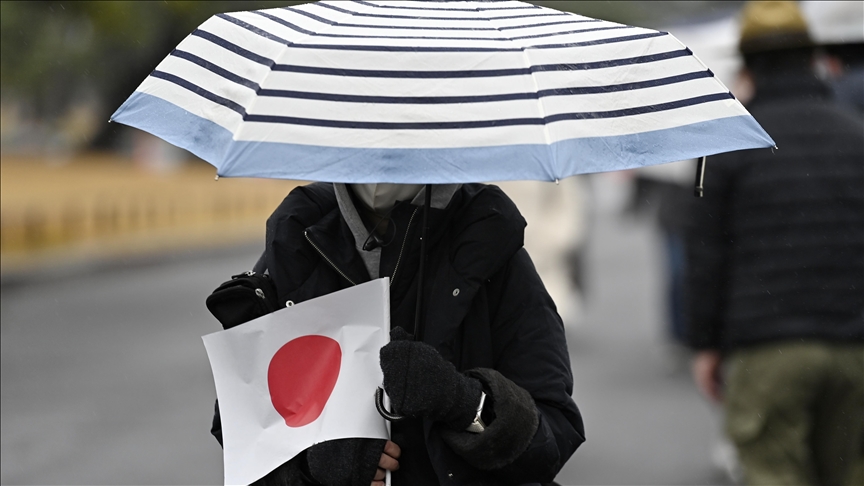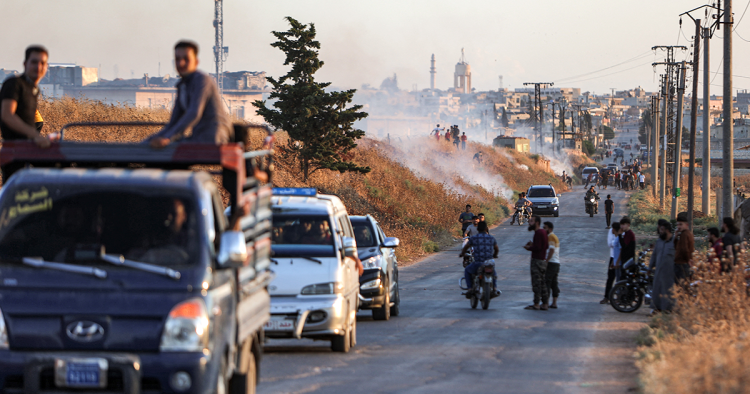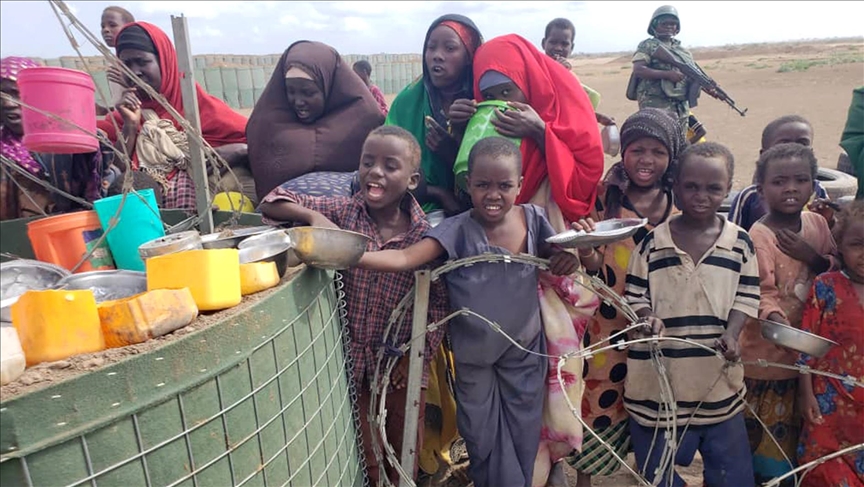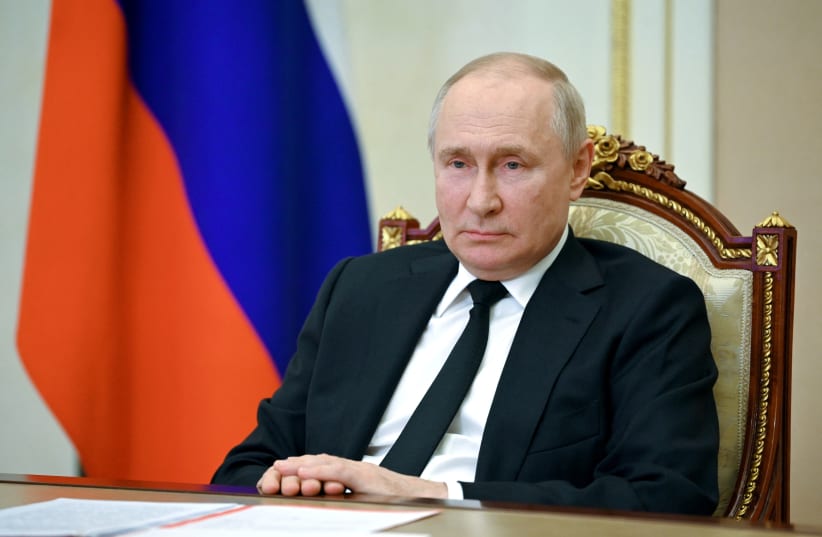In recent days, widespread protests have erupted across many Turkish-controlled towns and cities in the countryside to the north of Aleppo and around Idlib. Some protests have escalated into violence, as clashes have broken out between local armed groups and Turkish forces, resulting in multiple casualties among both protesters and Turkish soldiers. The unrest followed racist attacks against Syrians that started in the Turkish city of Kayseri on June 30, destroying several Syrians’ properties.
While the racist attacks served as the catalyst for the protests in northern Syria, they were not the sole cause. In fact, these protests stem from growing public dissatisfaction over recent discussions about the potential normalization of relations between Turkey and the Syrian regime of Bashar al-Assad. On June 28, 2024, Turkish President Recep Tayyip Erdoğan indicated his country's willingness to restore diplomatic ties with the Assad regime. For his part, the head of the main opposition Republican People’s Party, Özgür Özel, has said he is planning to travel to Damascus to meet Assad as well.
Statements by Turkish officials have coincided with what many Syrian activists view as preliminary and practical steps toward normalization. These steps include the opening by the local council of al-Bab in Aleppo's eastern countryside of the Abu al-Zandein crossing, which connects regime-controlled areas in Aleppo City with opposition-controlled areas, as a first step toward making it a permanent and official crossing. During this same period, Turkish immigration authorities launched a campaign to deport illegal Syrian refugees in Gaziantep and Kilis, resulting in the forced deportation of hundreds of refugees to northern Syria.
Despite their popular nature, the protests have exposed the rifts and divisions between various opposition factions. Some have showed support for Turkey's push toward normalization with the Assad regime, while others have adopted opposing and independent stances despite Turkish influence. This article aims to highlight the positions of the major military factions in Turkish-controlled areas during the protests and assess how closely they align with Turkey's policy.
Divided opposition
The map of military and security influence in northern Syria reveals six main Syrian National Army (SNA) factions operating in Aleppo’s northern countryside, while Idlib remains under the control of the Sunni Islamist group Hay'at Tahrir al-Sham (HTS). Despite sharing the same ideology, the SNA factions differ in their structure and roles, leading each to adopt a distinct stance during the recent protests.
One notable faction in this context is the "Eastern" Liberation and Construction Movement, led by Abu Hatem Shaqra. This group mainly comprises fighters displaced from Deir ez-Zor in eastern Syria and controls Jarablus and parts of al-Bab. It is one of the factions that actively participated in the protests. Its fighters stormed the administrative building of the Abu al-Zandein crossing and blocked commercial trucks from passing just days before the popular protests erupted. Members of the Liberation and Construction Movement also directly joined the protests in al-Bab and Jarablus, led a campaign of rioting and violence against government buildings, prevented Turkish employees from performing their duties, assaulted Turkish truck drivers, and shut down the Jarablus border crossing with Turkey.
The Sham Front, active in A’zaz, showed more restraint in its support for the protests. While it encouraged its base in A’zaz to join them, its armed members did not directly participate. Instead, they focused on protecting government buildings by establishing a security cordon and preventing protesters from breaching it. However, they were unable to fully control the crowds at the Bab al-Salamah crossing, where protesters stormed the building, resulting in numerous casualties. Eventually, the Sham Front managed to restore calm after local residents appealed to protesters to reduce tensions and avoid violence.
Meanwhile, the stance of HTS, which controls Idlib and wields significant influence over security in Afrin, remains ambiguous. While it has banned large protests in Idlib and its affiliated media outlets have labeled the racist attacks against Syrians in Turkey as an effort to incite “strife” by those with bad intentions, the situation in Afrin tells a different story. Masked gunmen, likely linked to HTS, infiltrated protests in Afrin and Jindires, escalating the unrest into an armed confrontation with Turkish forces near the Serail building in Afrin.
In contrast to the roles of the previously mentioned groups, the Sultan Murad faction, led by Fahim Issa, the al-Hamzat faction, headed by Sayf Abu Bakr, and the Sultan Suleiman Shah faction, under the leadership of Mohammad al-Jassem, have maintained a neutral position while working to contain the protests. They have deployed forces to safeguard government buildings within their areas of influence and engaged in suppressing the protesters.
In reality, the divides among military factions and the varying degree to which they comply with Turkish orders and directives are not new, nor are they the consequence of the recent protests. Over the past few years, their relationship with Turkey has led them to refuse certain directives. For instance, in 2018, fighters originally from Deir ez-Zor, who are currently members of the Liberation and Construction Movement, raided the town of Tadif, controlled by Assad regime forces, despite Turkey’s objection. Similarly, the Liberation and Construction Movement and the Sham Front factions have refused to send fighters to countries like Azerbaijan, Libya, and Niger in recent years. As a result, Turkey has withheld support from these groups during certain periods.
By contrast, the Sultan Murad, al-Hamzat, and Sultan Suleiman Shah factions have so far demonstrated greater willingness to comply with Turkish directives. For example, they have sent fighters to Libya, Azerbaijan, and Niger at Turkey’s request. Additionally, Turkey has repeatedly opposed leadership changes in these groups or attempts to diminish their influence.
The factors driving the differences in approach
The varying levels and forms of compliance with Turkey's directives can be attributed to each faction’s history, leadership, the social background of its members, and the extent of its popular support. The Sultan Murad, Sultan Suleiman Shah, and al-Hamzat factions were effectively established by Turkey during the "Euphrates Shield" and "Olive Branch" military operations. Before that, they were small remnants of battalions within the Free Syrian Army (FSA). In contrast, Turkey had no role in the establishment of the Sham Front and the Liberation and Construction Movement. They are successors to larger groups, including the al-Tawhid Brigade, al-Fatah Brigade, the Eastern Sector of Ahrar al-Sham Movement, and some FSA factions founded in 2012.
Other factors contributing to the divide between groups include the ethnic backgrounds of their leaders and the makeup of their fighters. Fahim Issa, leader of the Sultan Murad faction, and Sayf Abu Bakr, leader of the al-Hamzat faction, are of Turkic origin. Meanwhile, the leaders of the Sham Front and the Liberation and Construction Movement are of Arab origin. The social and ethnic makeup of these two factions indicates that their fighters belong to the same ethnicity and hail from the same regions, primarily Aleppo's northern countryside and Deir ez-Zor. They also enjoy strong social support rooted in regional, family, and tribal ties, which is why their positions often align with those of their social support base and local community.
As for the Sultan Murad, Sultan Suleiman Shah, and al-Hamzat factions, they are not ethnically or regionally homogenous. They include both Turkic and Arab fighters, as well as those displaced from Homs, Hama, the Damascus countryside, and other regions in Syria. Lacking strong social support, they primarily recruit fighters by offering material and financial incentives. This is evident in their fighters' readiness to engage in operations abroad.
Despite its jihadist background, HTS has adhered to international agreements between Turkey and Russia since 2017 regarding the de-escalation zone in the Idlib countryside. Its ambiguous stance on the protests masks its efforts to expand its influence into areas controlled by the SNA to the north of Aleppo. To achieve this, HTS has pushed the narrative that it has successfully maintained security and managed protests in the areas under its control, while the SNA has struggled to contain the popular unrest in the areas surrounding Aleppo. Furthermore, HTS stands to lose significantly from any rapprochement between Turkey and the Assad regime, especially as it remains classified as a terrorist organization by both the international community and Turkey.
The impact of normalization
The normalization of ties between Turkey and the Assad regime is expected to affect security and stability in different ways across various regions of northwestern Syria, as outlined below:
Regions of high instability: The areas controlled by the Liberation and Construction Movement in Jarablus, as well as the regions where HTS exerts influence over security in Jindires and Afrin, may face significant instability and the potential resurgence of operations by the Assad regime and the Syrian Democratic Forces (SDF).
Regions of moderate instability: A’zaz, al-Bab, and Idlib City, controlled by the Sham Front and HTS, fall into this category. In these regions, the two groups are more likely to incite popular unrest than to engage in direct military action.
Regions of low instability: This category includes areas with a Turkic presence controlled by the Sultan Murad, Sultan Suleiman Shah, and al-Hamzat factions, such as the city of al-Rai and its surrounding towns and villages.
In conclusion, the protests in northern Syria highlight the transnational impact of the Syrian conflict. They also underscore the potential repercussions of events within Turkey on the political and security dynamics in northern Syria, and vice versa. Recent developments reveal that residents in Turkish-controlled areas of northern Syria are prepared to engage in an existential struggle if Ankara chooses to pursue normalization with the Assad regime. Furthermore, the existing divide among armed Syrian factions and their varying levels of compliance with Turkish directives raise questions about Turkey's ability to control these groups in future confrontations, restructure them, and remove dissenting members and leaders.
Bilal Samir is a Syrian researcher who closely follows developments in northern Syria. He is currently working on a master’s in international relations.
Photo by AAREF WATAD/AFP via Getty Images
The Middle East Institute (MEI) is an independent, non-partisan, non-for-profit, educational organization. It does not engage in advocacy and its scholars’ opinions are their own. MEI welcomes financial donations, but retains sole editorial control over its work and its publications reflect only the authors’ views. For a listing of MEI donors, please click here.








